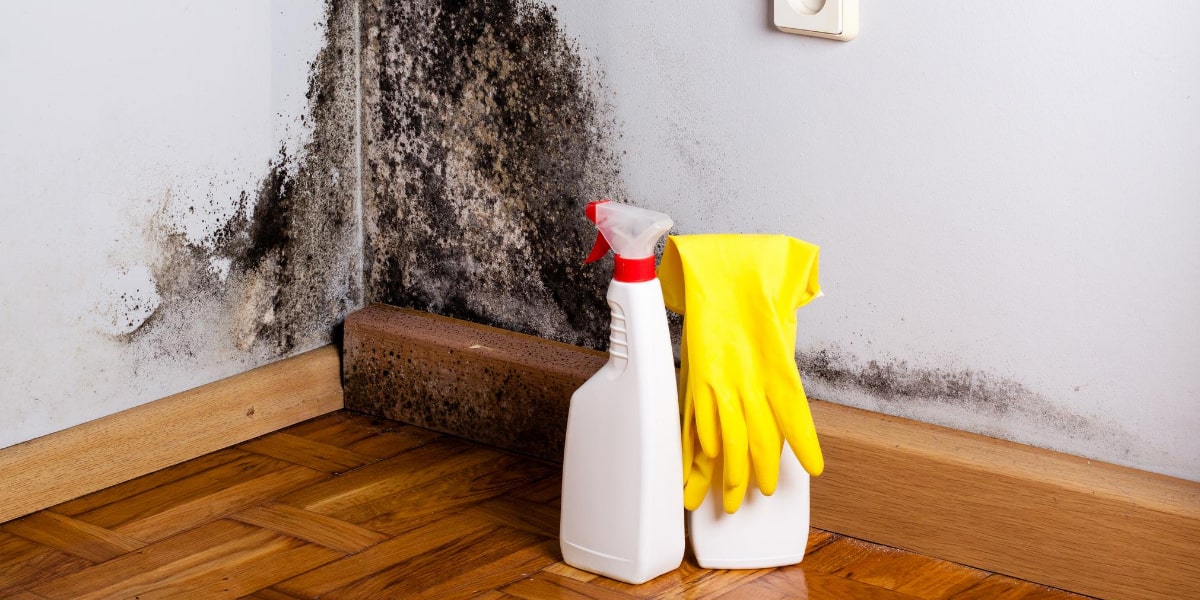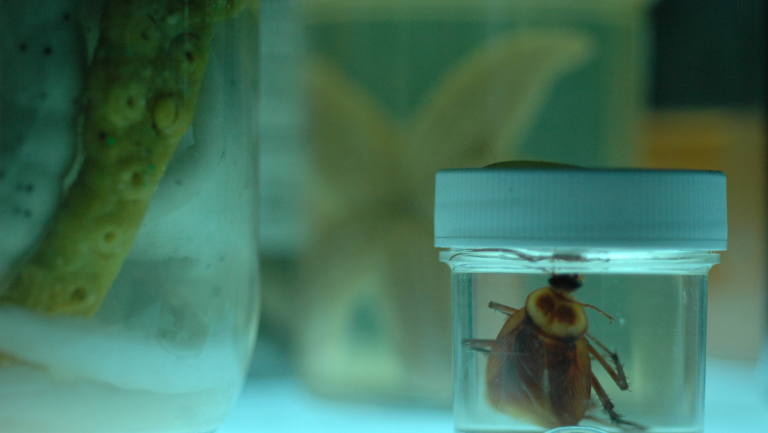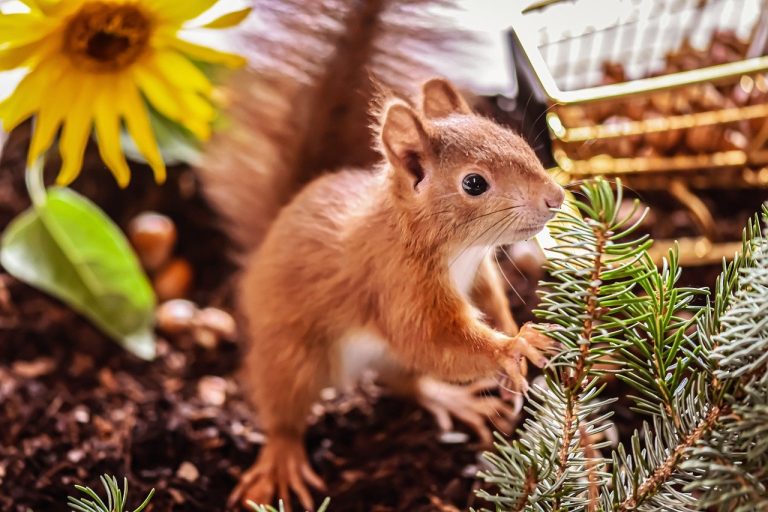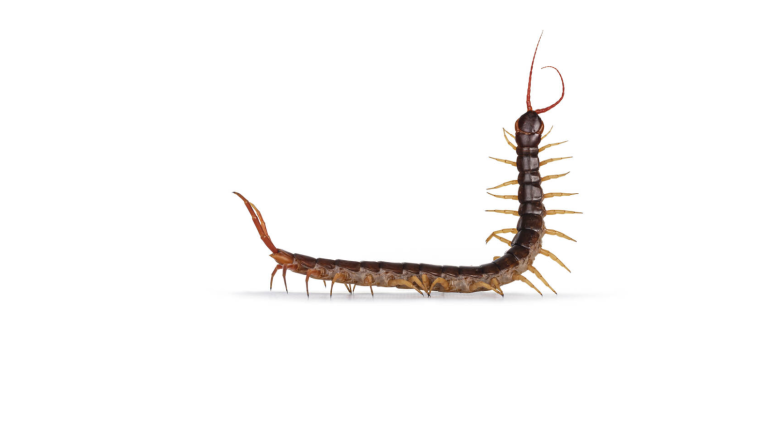What Does Toxic Mold Look Like?
Black mold also known as toxic mold is not only unpleasant to look at, but can also be a health hazard for homeowners. Mold is a nasty problem to deal with for any home or a business owner. In the wake of a disaster such as a storm, it’s possible for mold to start growing in as quickly as 1-2 days. What’s even more alarming is when that mold turns out to be toxic, posing a serious risk to you and anyone else on your property.
Not really that the mold you are dealing with is toxic just that certain strains of mold produce mytoxins. You will get to know how these toxic molds look, by their description, you will easily get to recognize them. It’s these mycotoxins that may cause a burning sensation in the throat and lungs, chest pain, persistent coughing, fever, rashes, and migraines.
How to know if you are dealing with toxic mold in your home?
- Watch out for a nasty smell: The most common sign that you aren’t dealing with any ordinary mold is a musty odor, mold thrives in dark, damp, humid environments. So whenever you detect unusual smell, try and locate it so you will get rid of the toxic mold.
- Look for visible growth: While toxic molds often hide in your walls, crawlspaces or attic, sometimes it is out in the open. In these cases, you are likely to see dark rings or spots on the ceiling. While this mold is not necessarily toxic, you will want to have an inspection done right away to make sure.
- You continually see stains, even after you have wiped them away: Kindly note that it’s not advisable to clean up molds yourself. Howbeit, if you have disinfected and wiped away a moldy area, and continue to notice stains on the wall, then you have to be very vigilant and call for inspection.
- Pay attention to color and consistency: We already talked about black mold above, though it’s more accurate to say that Stachybotrys chartarum has a greenish-black hue. Toxic mold can also have a grayish, soot-like texture, or a slimy, wet surface. In some cases, you may even notice furry orange or brown spots. If you find mold with any of these qualities in your home, don’t get too close, and call a professional right away.
- You start experiencing health problems: If you experience respiratory issues or any of the other symptoms mentioned above, call someone to deal with your mold as soon as possible. Rashes, coughing, and feelings of fatigue are only likely to worsen the longer you wait.
What to do if you are not sure you have toxic mold?
Most black mold shapes and patterns will appear slimy or shiny due to the moisture of the environment in which it grows. However, if leaks have been fixed, the mold will appear to be dry and even powdery.
- These toxic molds are usually present in drywall, under carpets, or in corners of walls that have been flooded
In addition to damp rooms and moisture-exposed wood, mold can grow in some less obvious (and less visible) spaces as well. Water leaks from a home’s pipes, bathroom, or roofs, as well as improper ventilation, can all contribute to black mold growth in and on various surfaces.
When these toxic molds are seen on surfaces, it should be eliminated immediately because it’s toxic mold. Porous surfaces, such as drywall and carpets are particularly susceptible to black mold growth following moisture exposure. Water can also accumulate near the corners of the wall after a flood leak, causing the mold to grow within these nooks and crannies.
- Black mold can be a grey or green color
Like most other molds, black mold starts to grow as fuzzy white fibers, looking similar to a cotton ball. It is not commonly seen outside of the laboratory environment, as this small, light mold is often well-hidden in a home environment. As black mold develops and begins to produce spores, it may look gray or green in the center with white around the edges.
As the spores fill in and the mold reaches maturity, it develops its characteristic black hue. While black mold in the home is typically found at full maturity, keep an eye on any gray or green mold as well, as it could be black mold in its earlier stages.
What are the different types of toxic mold?
Mold is a fungus, and it grows virtually everywhere on Earth. Lately, mold has become a hot topic because of increasing awareness about its potential health hazards. People aren’t exactly sure how many mold species there are, but estimates range anywhere between tens of thousands to over a few hundred thousand.
Some of these different types aren’t dangerous to human health, while others lead to chronic and severe health conditions.
- Acremonium: Acremonium mold is a toxigenic mold type that evolves in its appearance over time. It first starts out as a small moist mold that turns into a fine powdery substance. Acremonium mold is often pink, grey, orange or white in color. Acremonium typically grows in household systems and areas such as condensation from humidifiers, cooling coils, drain pans and window sealants.
- Alternaria: Alternaria is the most common form of allergenic mold in the world. It’s a velvet-textured mold with dark green or brown hairs. It typically grows wherever dampness occurs. In homes, this is common in showers, bathtubs, and below leaking sinks. Alternaria is also a common mold species that appears as a result of water damage to a home or building.
- Aspergillus: Aspergillus is a common mold found in American households. It has long flask-shaped spores that can form thick layers or walls of the mold. This creates long chains of mold growth on surfaces. Because there are over 185 species of aspergillus mold, it can appear in many different colors.
- Aureobasidium: Aureobasidium is an allergenic mold that can sometimes be found growing behind wallpaper or on painted or wooden surfaces. Aureobasidium usually develops in pink, brown or black color. As it ages, aureobasidium typically turns a darker brown color.
Chaetemuim: Chaetomium is a mold commonly found in water-damaged homes and buildings. Chaetomium has a cotton-like texture and usually changes colors from white to grey to brown and eventually to black over time. Chaetomium mold is usually found in a damp or leaking roof, basement, or sink and maybe recognizable b







